Acknowledgements
Both photographer and author are indebted to many people without whom it would have been impossible to produce this book. We would like to acknowledge the help, hospitality and patience of the following:
In particular, a very big thank you to Vikram Oberoi of Oberoi Group and Nazir & Catherine Rah, and everybody at Mountain Adventures.
Many thanks too, to Ashok Khanna, Deepika Bansal, Luisa Anderson and Caroline Dey of Anandain the Himalayas; Jose Dominic, Erine Louis, Mr P Subrahmanian of the Casino Group; Anupam Poddar and Rajnish Sabharwal of Devi Garh; Aruna Dhir, Pierre Jochem, Amol Kaushik, Aseem Pande and Sachin Pabreja of the Imperial; Joerg and Txuku Drechsel and Mr KP Francis of the Malabar House; Santosh Kumar and Francois Richli of the Manor; Aman Nath, Francis Wacziarg, Alok Kumar and Kulbushan Bhatt of Neemrana Hotels; Mr Oberoi, Vikram Oberoi, Ragini Chopra, Kavita Khanna, Anshul Kaul, Samantha Natraj, Sanjesh Jethi, Raj Rao, Nidhi Dabral, Devyani Puri, Karan Berry, Joseph Polito and Lincy Mary Isaac of Oberoi Hotels; Priya Paul, Priti Paul, Rupa Nair, Preeti Kumar, Lemuel Herbert, Mr VV Giri, Sumitha Gopal and Willi Wilson of Park Hotels; Claudia Derain and Hari Ajwani of Fort Tiracol and Nilaya Hermitage; Paul McNally and Karen Marshall of Park Hyatt Goa Resort & Spa; Neville Proenga of Pousada Tauma; Yadavendra Singh of Samode Hotels; Maria Angela Fernh of and Noble Thomas of Shalimar Spice Garden Resort; Varun Sood of Siolim House; Sonia Bakhshi and Bulan Lahiri of ITC Hotels; Peter Wynne of the Taj Group; Geoffrey Dobbs and Henri Tatham of the Sun House; Mr UC Jayasinghe, Pradeep Dealwis and Frederick Melder of Aitken Spence Hotels; Ajai Zecha and Asanka Indusha of the Villa Mohotti Walauwa; Viren Perera, Giles Scott and Mudyanse Tennekoon of Ulpotha; Prasanna W Jayawardane and Mrs Susanne Filippin of Tropical Leisure Management; George Cooper of Kahanda Kanda; David Martens of Cocoa Island; Uday Rao, Carrian Sim and Armonado Kraenzlin of Four Seasons Hotels & Resorts; Bjorn Courage, Pierre Camorani and Charles Morris of Soneva Gili and Soneva Fushi; Ray Hall of Six Senses Resorts, Hotels & Spas; Kerry Hill of Kerry Hill Architects; Nozer Wadia of Nozer Wadia Associates; Cheong Yew Kuan of AREA; Bruce Fell-Smith; Anton Jacob; Pradeep Sachdeva of Pradeep Sachdeva Design Associates; Dr Subhodh Kerkar of Kerkar's Retreat; Eric and Christina Oey of Periplus Editions; Hardev Singh; Anil Kumar; Olivia Richli; Charlie Hulce; Jack Eden; Shanth Fernando; Jaya Imbrahim; Jet Airways; Peter Nielsen of Billetkontoret; Puk og Lone; Rajeev Sharma and Ambika Kurup of Patel India; Horst Dieter Ebert; Kevin, Tanis and Max McGrath; Tony Femandes; Gillian Bealand friends everywhere.
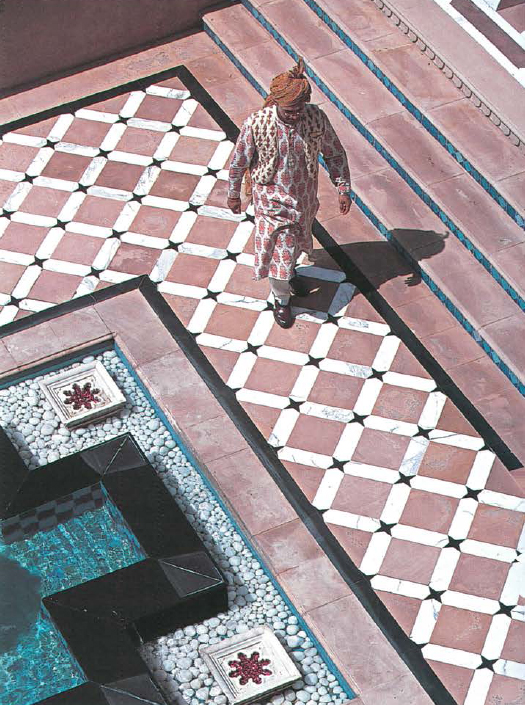
Contents
Published by Periplus Editions with editorial offices at 61 Tai Seng Avenue, #02-12Singapore 534167 tel (65) 6280 1330, fax (65) 6280 6290, email: inquiries@periplus.com.sg, website: www.periplus com
Photos 2004 Jacob Termansen (with the exception of page , courtesy of Ulpotha)
www.termansen.com
Text 2004 Kim Inglis
Design by The Periplus Design Team
Book grid by Loretta Reilly
All rights reserved
ISBN: 978-1-4629-0663-5 (ebook)
Distributed by
North America, Latin Amerca and Europe
Turtle Publishing, 364 Innovation Drive, North Clarendon, VT 05759-9436
tel: (802) 773 8930, fax: (802) 773 6993, email: info@tuttlepublishing.com,
website: www.tuttlepublishing.com
Japan
Tuttle Publishing, Yaekari Building, 3F, 5-4-12 Osaki, Shinagawa-ku, Tokyo 141-0032
tel: (03) 5437 0171, fax: (C3) 5437 0755, email: tuttle-sales@gol.com
Asia Pacific
Berkeley Books Re Ltd, 61 Tai Seng Avenue, #02-12Singapore 534167
tel (65) 6280 1330, fax (65) 6280 6290, email: inquiries@periplus.com.sg,
website: periplus.com
13 09 08 07 06 05 8 7 6 5 3 2
Printed in Singapore
Fort Tiracol Heritage Hotel Pemem, India
Uniquely situated atop a promontory of green overlooking the Arabian Sea on one side, and the Arondem river estuary and a pristine swathe of deserted beach lined with casuarinas on the other, Tiracol Fort is part fortification, part religious site, part air, part light, It exists in its own space and time on the northernmost tip of Goa, an area rarely reached by tourists. Accessed by pothole-ridden roads, an erratic ferry crossing and a serpentine road up the hill, it stands alonebuilt as if to withstand both unwanted invaders and time itself.
I first visited Tiracol 20 years ago. The basic structure remains unchanged as it has for centuries: a massive fortified wall with battlements rises from the rock on which it perches, and behind it, a courtyard containing a tiny chapel and larger-than-life statue of Christ with arms outstretched, reminiscent of the statue of Christ in Almada, Portugal. In those days, Tiracol was a government-run guesthouse, wonderfully atmospheric, yet shabby, run-down and woefully neglected. Today, in the hands of the couple that run Nilaya Hermitage in the hills behind Calangute (see pages ), it is once again a living, breathing entity oozing history, character and glamor.
The early 18th century fort was captured by the Portuguese in 1776 from the Bhonsles, a Maratha clan, and from then on demarcated the northernmost boundary of Portuguese domain in Indiauntil 1961 that is, when India retook Goa. It's a super-solid structure, made from laterite blocks. Well protected by battlements interspersed with small rotund watch towers topped by pointed finials, it seems to hang suspended between sea and sky, Running down from the wall is a steep pathway that leads to an oval courtyard almost at sea level, lined with gun holes on either side; this is where canon would have been dragged down to fire at attackers from the sea. Today, in more peaceful times, the courtyard is the place to take an early morning cup of tea and watch the dolphins duck and dive in the mouth of the estuary.
In the restoration project, Hari Ajwani and Claudia Derain chose a colonial Portuguese palette of ochre, white and black, along with metallic accents. It's a totally appropriate color scheme for the building, as it differentiates the structure from the landscape, yet accentuates its earthy individuality. Eighteenth century iron balustrades, built to keep people out, now offer protection on the upper verandah where long rows of ceramic water jars painted black strike a contrast with cascading bougainvillea and whitewashed walls. It's on this spacious terrace that meals are served beneath large white umbrellas; and off this, up a few steps, is the intimate breakfast room and bar Front-of-house, under the supervision of long-termer Gregory, is friendly and informal. Food is more than likely to be fresh catch of the day: crab curries, fillets of pomfret or kingfish lightly pan-fried in lime, garlic and turmeric, Goan fish curry, and side-dishes of fluffy white rice and vegetables, Fruit and locally made perfumed vanilla ice cream are the usual desserts.

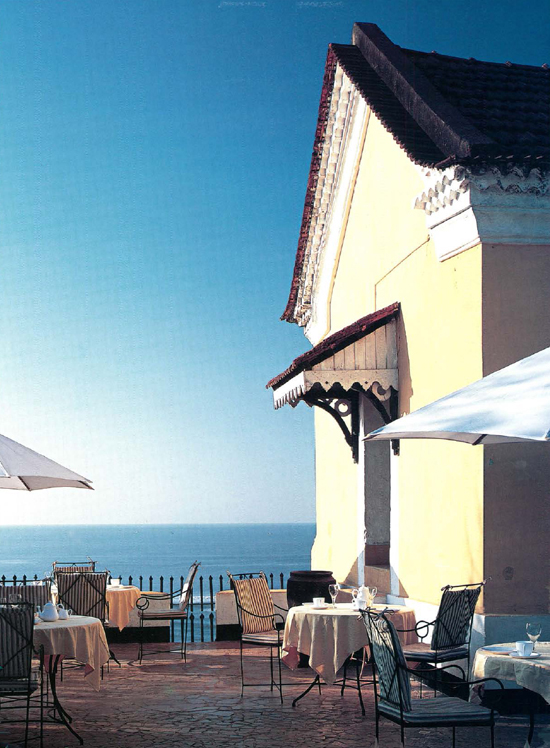

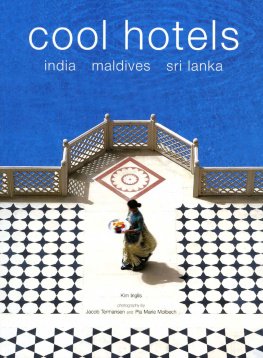

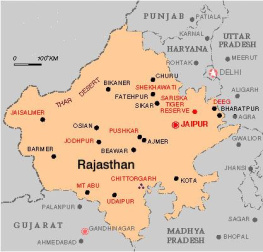
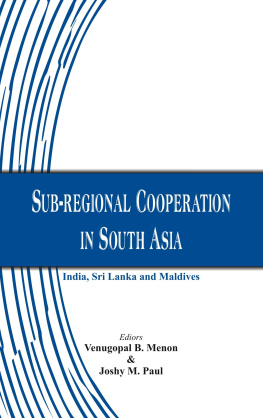
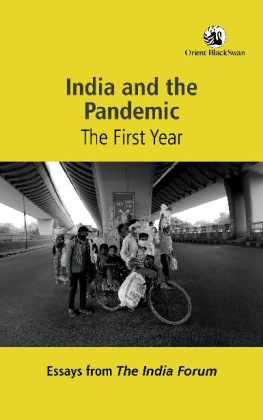


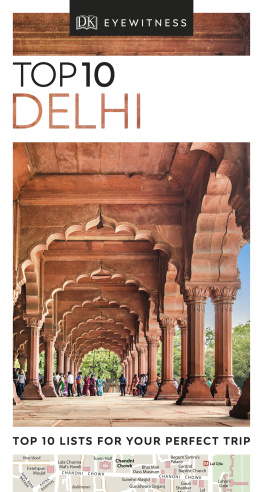
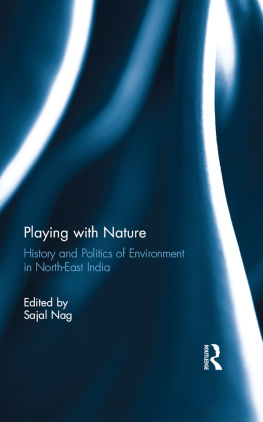

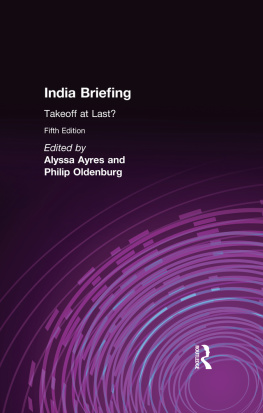
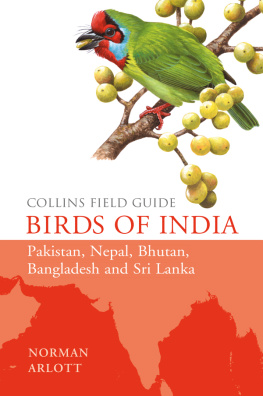
![Keith Bain - Frommers India [2010]](/uploads/posts/book/43617/thumbs/keith-bain-frommer-s-india-2010.jpg)




